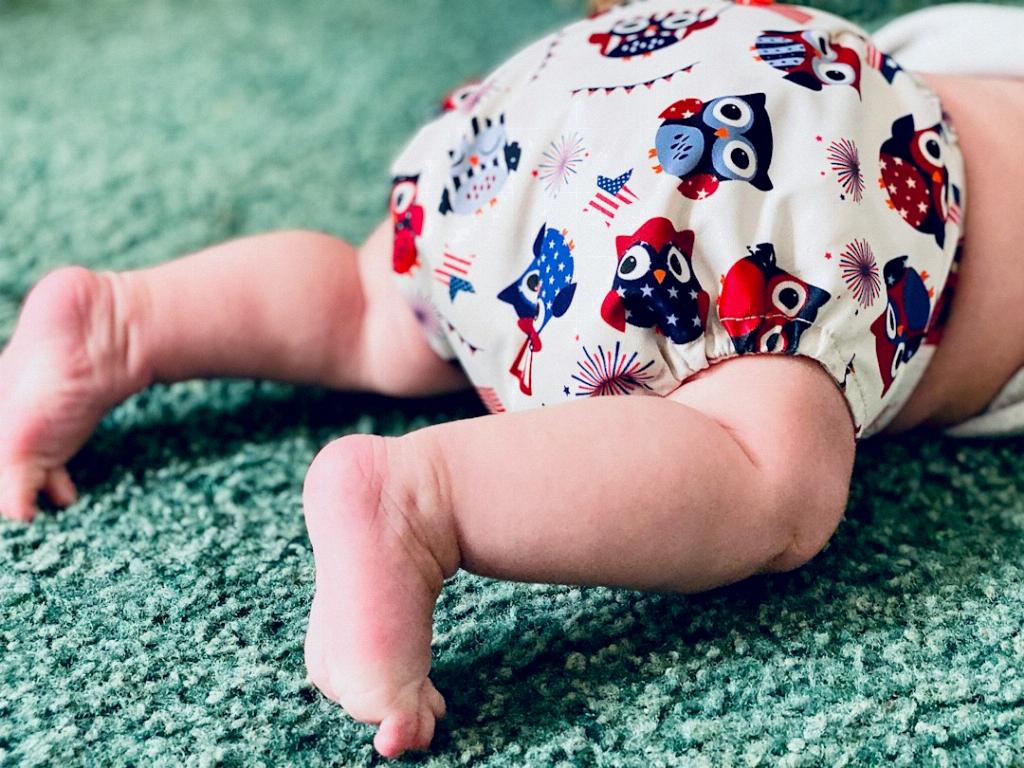When it comes to creating your own homemade diaper, it’s crucial to understand the key components that make up a standard diaper. As established, a typical diaper consists of cellulose, polypropylene, polyethylene, super absorbent polymer, tapes, elastics, and adhesive materials. To recreate this essential piece of baby gear at home, you will need to gather these materials or suitable alternatives.
Gathering the Necessary Materials
First and foremost, you will need to acquire cellulose material, which serves as the absorbent core of the diaper. This can be sourced from various natural fibers such as cotton or bamboo. Additionally, you will require polypropylene and polyethylene for the outer and inner layers of the diaper, respectively.
Creating the Absorbent Core
To mimic the super absorbent polymer found in commercial diapers, you can opt for materials like microfiber or flannel, which excel in absorbing liquids. Layer these materials to form the absorbent core of your homemade diaper, ensuring they are adequately thick to provide the necessary absorbency.
Constructing the Outer and Inner Layers
Using the polypropylene material for the outer layer and polyethylene for the inner layer, cut out fabric pieces according to the desired size of your homemade diaper. These layers will serve as the protective barrier against leaks and provide a comfortable surface for the baby.
Attaching Elastics and Tapes
Integrate elastics along the leg openings and back of the diaper to ensure a snug fit and prevent leakage. You can sew these elastics into the fabric layers securely. Additionally, attach tapes to the front of the diaper for easy fastening and adjustment.
Adding the Finishing Touches
Lastly, incorporate adhesive materials to fasten the different layers of the diaper together, ensuring they stay in place during use. Double-check all the components to guarantee they are securely attached and functional.
Testing Your Homemade Diaper
Before implementing your homemade diaper on your little one, conduct thorough absorbency and leak tests to ensure its effectiveness. Make any necessary adjustments to the design or materials used based on the test results.
Sustainable Practices
Creating homemade diapers not only allows you to customize the design to suit your baby’s needs but also promotes sustainability by reducing waste generated from disposable diapers. By opting for reusable materials and eco-friendly fabrics, you contribute to a greener environment.
Comfort and Fit
One of the advantages of crafting your own diaper is the ability to tailor it for optimal comfort and fit. Consider your baby’s movements and body shape when designing the diaper to ensure it provides freedom of movement and a snug yet gentle fit.
Cost-Effectiveness
Homemade diapers can be a cost-effective alternative to purchasing disposable diapers, especially in the long run. By investing time in creating reusable diapers, you can save on recurring expenses and minimize your baby care budget.
Sharing Your Knowledge
If you find success in making homemade diapers for your little one, consider sharing your knowledge and experience with other parents who may be interested in adopting a more sustainable diapering approach. Your insights could benefit others looking to explore eco-friendly childcare options.
Continuous Improvement
As you embark on your journey of creating homemade diapers, embrace the process of continuous improvement. Experiment with different materials, designs, and techniques to enhance the performance and comfort of your homemade diaper, ensuring it meets your baby’s needs effectively.

